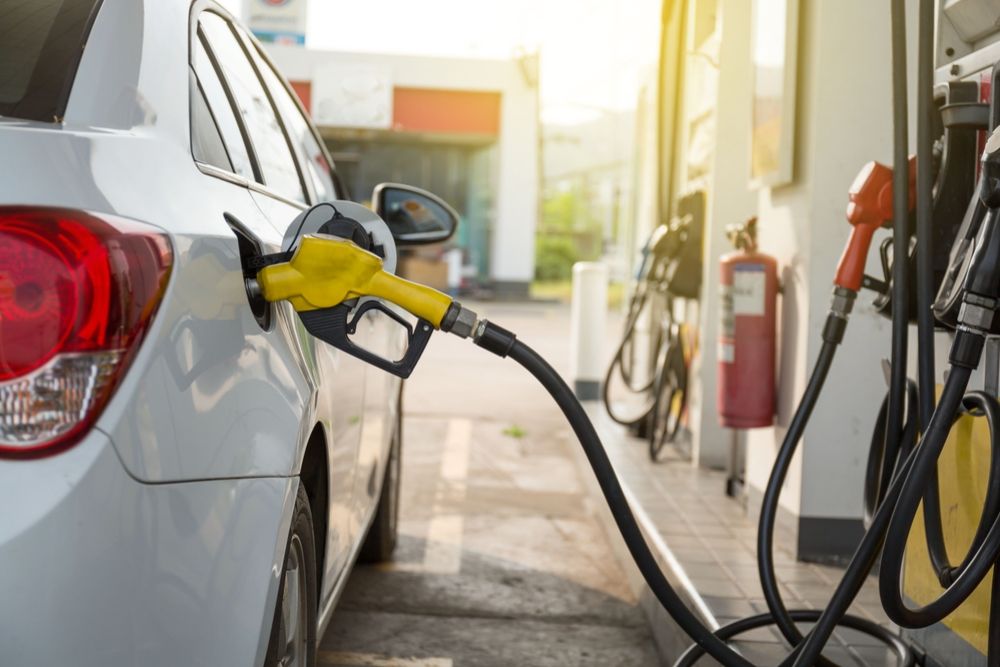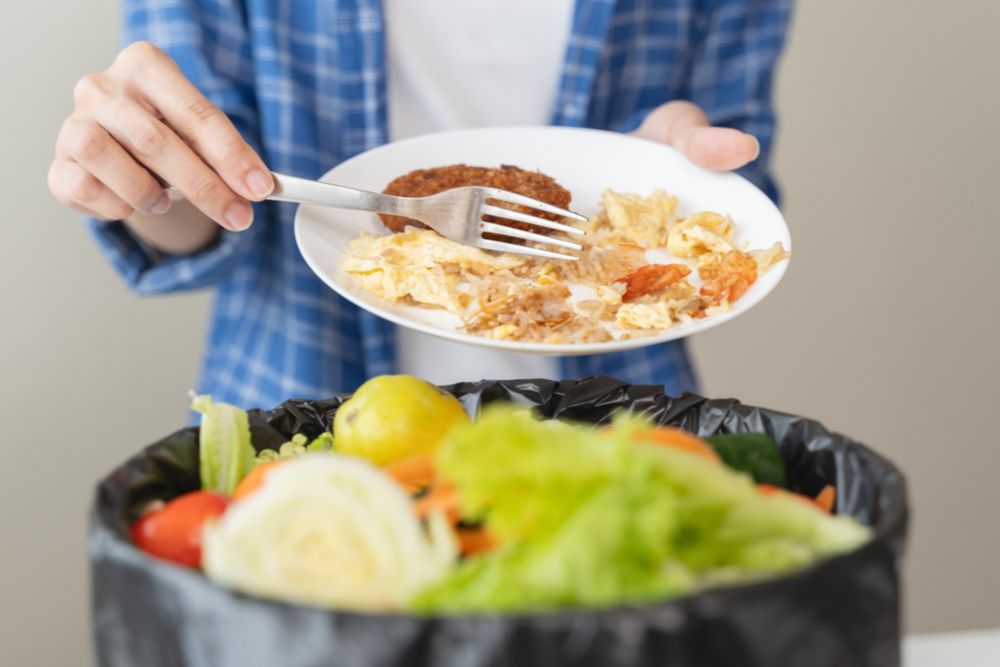Fuel costs are one of the most consistent expenses for many households. Whether you’re commuting to work, running errands, or taking a weekend getaway, watching your fuel gauge drop—and your wallet lighten—can be frustrating. The good news? You don’t have to buy an electric vehicle or completely overhaul your life to cut down on fuel spending.
With a few simple adjustments in how you drive and care for your vehicle, you can significantly improve fuel efficiency and save more at the pump. Here’s how.
Drive More Smoothly and Steadily
How you drive is one of the biggest factors in how much fuel you use. Aggressive habits—like rapid acceleration and hard braking—burn a lot more gas.
-
Accelerate gently: Ease up to speed instead of stomping on the pedal.
-
Maintain a steady speed: Use cruise control on highways when it’s safe.
-
Anticipate stops: Slow down gradually when approaching red lights instead of braking at the last second.
This not only saves fuel but also reduces wear on your brakes and tires.
Watch Your Speed
Most cars reach their optimal fuel economy around 50–65 mph. Driving faster increases wind resistance and forces your engine to work harder.
-
Each 5 mph over 50 mph is like paying an additional $0.15 to $0.30 per gallon.
-
If you can, stick closer to the speed limit, especially on long trips.
Slowing down a bit can add up to significant savings over time.
Lighten the Load
Extra weight makes your engine work harder, which means it burns more fuel.
-
Remove unnecessary items from your trunk or cargo area.
-
Carrying around 100 pounds of extra stuff can reduce your mpg by about 1–2%.
It might not sound like much, but over months of driving, it adds up.
Check Tire Pressure Regularly
Underinflated tires increase rolling resistance, meaning your engine needs more power to keep the car moving.
-
Keep your tires inflated to the manufacturer’s recommended levels, which you’ll find in your owner’s manual or on a sticker inside the driver’s door.
-
Check at least once a month and before long trips.
Properly inflated tires improve gas mileage, make your car handle better, and extend tire life.
Don’t Let Your Car Idle Too Long
Modern engines don’t need long warm-up times. Idling gets 0 miles per gallon, so:
-
Turn off your engine if you’ll be stopped for more than about a minute (except in traffic).
-
Use remote starters wisely—running your engine for extended periods before driving wastes fuel.
Even short periods of unnecessary idling can chip away at your tank.
Be Smart About Air Conditioning and Windows
Running your AC can increase fuel use by up to 20%, especially in stop-and-go traffic.
-
On cooler days, try the fan or open windows at lower speeds.
-
At highway speeds, open windows create drag that can actually use more fuel than the AC.
A balanced approach is to use AC sparingly and avoid leaving it on full blast.
Plan Your Trips Efficiently
Combining errands into a single trip saves more than just time.
-
Several short trips from a cold start can use twice as much fuel as one longer multi-stop trip when the engine stays warm.
-
Plan your route to avoid heavy traffic or multiple back-and-forth drives.
ADVERTISEMENT
Use apps to check traffic and construction, and try to run errands during off-peak hours.
Keep Up With Routine Maintenance
A well-maintained engine runs more efficiently.
-
Replace air filters as needed so your engine breathes properly.
-
Use the correct motor oil for your vehicle—thinner or heavier oil than recommended can reduce efficiency.
-
Fix oxygen sensors and fuel system issues promptly. A faulty oxygen sensor can drop fuel economy by up to 40%.
Check your owner’s manual for maintenance intervals and stick to them.
Choose the Right Fuel
If your car is designed to run on regular, using premium won’t improve performance or mileage. It’ll just cost you more.
-
Only use premium if your vehicle’s manufacturer specifically requires it.
-
Otherwise, regular unleaded is the best choice.
Avoid Roof Racks and Carriers When Not Needed
Roof racks, boxes, and bike carriers create wind drag that significantly reduces fuel economy.
-
Remove them when you’re not using them.
-
If you need extra cargo space regularly, a rear-mounted cargo box causes less drag.
This simple step improves aerodynamics and can boost highway mileage by several percent.
Fill Up Strategically
While you can’t control gas prices, you can save a little by:
-
Filling up early in the week when prices are often lower.
-
Using loyalty or grocery store rewards programs.
-
Paying with cash if stations offer a discount.
Apps like GasBuddy help you compare prices nearby so you can choose the cheapest option.
Limit Short, Unnecessary Trips
Short trips where the engine doesn’t reach optimal temperature use more fuel.
-
Walk, bike, or combine tasks when possible.
-
If you live near work or stores, leave the car parked when errands are close by.
Even reducing one or two quick car runs a week makes a difference over a month.
Keep Your Vehicle’s Aerodynamics in Mind
-
Close windows at highway speeds.
-
Fix broken or loose exterior parts that create drag.
-
Remove flags or decorations that flap in the wind.
These small adjustments help your car move through air more efficiently.
Cutting fuel costs doesn’t require drastic changes—just a series of simple, mindful habits. By driving more smoothly, keeping your car maintained, traveling lighter, and planning your trips, you’ll get more miles from every tank.
Over the course of months or years, these small savings build up, giving you more money for adventures (or simply to keep in your pocket). Plus, better fuel efficiency means fewer emissions, so it’s a win for your wallet and the planet.





